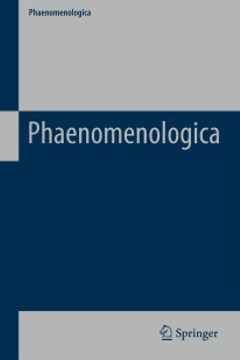Repository | Book | Chapter

(1991) Presence and coincidence, Dordrecht, Springer.
In the first part we took account of the basic principles underlying the two procedures of reduction and constitution. More specifically, we sought to trace the development of both these procedures through the three phases of Husserl's development from an epistemological, through a transcendental and so on to an ontological conception of phenomenology. It is time now to turn our attention to the specific themes which form the topic of the next four sections. In every instance, the claim will be advanced that the procedure of phenomenological constitution breaks down when pushed to the limit. In the first section we shall consider the impossibility of a phenomenological constitution of the ego, in the second, the impossibility of a phenomenological constitution of time, in the third, the impossibility of a phenomenological constitution of the own body while, in the fourth and last section, we shall take account of the impossibility of a phenomenological constitution of the other subject.
Publication details
DOI: 10.1007/978-94-011-3754-6_3
Full citation:
Macann, C. (1991). Introduction, in Presence and coincidence, Dordrecht, Springer, pp. 39-40.
This document is unfortunately not available for download at the moment.



